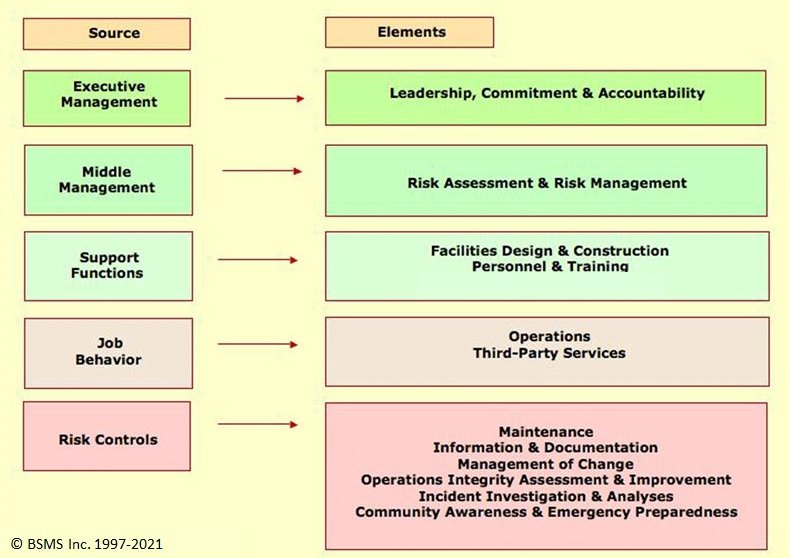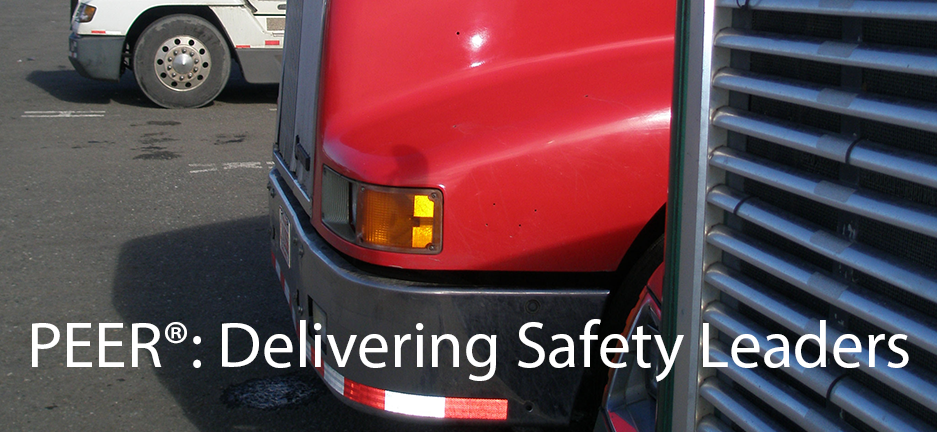Do you have a Safety Suggestion?
Many companies encourage employee safety suggestions, but embed them within their hazard or near-miss reporting forms, so they tend to be overlooked. Recognizing this PEER® has created an extremely easy and quick to use, separated safety suggestion tool, as part of its near-miss and safety concern reporting suite. 
Our tool provides users with 17 categories in a drop-down menu to help focus attention on specific potential impacts in within various safety management elements. In turn, this helps evaluations leading to acceptance, and provides a means to rapidly identify a build-up of suggestions related to particular facets of safety, such as Tools & Equipment, Communications, Job Training, etc.
The associated feedback reports provide a quick but in-depth overview of the suggestions recorded.
Safety suggestions are another leading OSH indicator that amplifies faint warning signals about potential adverse events before they strike for real.
Reporting hazards and safety concerns
Hazard Identification is fundamental to improving workplace safety. Small issues can grow into much bigger ones if left unattended. Reporting identified hazards and safety concerns is a practical and effective way to make a workplace safer and improve the quality of people's working life. By reporting actual or potential hazards, the workplace becomes much safer for all, as a build-up of repeating hazards is rapidly noticed and dealt with before they cause harm. Reporting safety concerns also helps to improve your lessons learned process, reduce the number of injuries and save costs.

PEER® has created an extremely easy and quick to use reporting tool that focuses on potential energy releases; sub-standard equipment; and potentially faulty rules and procedures found in typical safety management system elements.
The priority of any correction actions is recorded and monitored for completion, once approved by a person nominated by the reporter, so appropriate actions to reduce risks exposures are known to have been taken. Feedback reports provide a quick but in-depth overview of the issues reported.
Safety Concern and Hazard reports are another leading OSH indicator that amplifies faint warning signals about potential adverse events before they strike for real.
Are you mining the diamond?
Near miss reports are a huge safety improvement resource that is often overlooked or wasted. Near-misses occur much more frequently than serious accidents, but tend to be smaller in scale and simpler to analyse and fix. Effective near-miss reporting, therefore provides valuable OSH information that can be used to improve your overall safety, raise OSH performance and reduce costs.
"A near-miss or close-call is an unplanned event that did not result in injury, illness or damage, but had the potential to do so" (OSHA and National Safety Council). In other words, someone could have got hurt, maimed or killed, but didn’t.
There are 4 key elements of a successful near-miss reporting program:
- Proactivity - Identifying potential incident trajectories provides valuable early warning signals.
In combination, PEER® safety behaviour observations combined with near-miss reports, safety concern reports, and safety suggestions amplifies any faint warning signals so they become powerful alarms.
- Employee Engagement - Near-miss reporting should involve the entire workforce in identifying unsafe operations to create a pool of knowledge to reduce the risks in ongoing operations. Focusing on Psychological Safety by proactively managing any unintended side-effects for those who report (publicity, blame, etc.) helps enormously with employee participation.
Harnessing the PEER® process in its entirety helps to create a genuine safety partnership between managerial and blue-collar employees that result in fewer people being hurt, and creating a positive safety culture.
- Ease of Reporting - Minimizing the work by reducing any administrative burdens leads to more people reporting near-misses. Providing a single contact point to gather all the necessary information in one-sitting means people can report and go back to work with the minimum of fuss.
Our PEER® near-miss reporting process has been specifically designed to make reporting easy with no training required, with an embedded Root Cause Analyses process contained in nested drop-down menu’s to immediately capture in-depth details that often are overlooked, to help minimize any follow-up investigations.
- Risk Reduction - The whole point of a near-miss reporting process is to prevent recurrence so that actual incidents cannot occur.
To do this properly requires potential severity rankings of the near-misses reported; identification of the root-cause(s); analysing the data to provide focused feedback; applying the right controls; and, widely sharing the lessons-learned.
PEER® near-miss reporting process does all these things: [1] the severity of impact is aligned with potential SIF categories; [2] the identification of root-causes is done by the near-miss reporter using the structured pre-determined Basic, Immediate and Root Causes menu; [3] the reporter can also suggest any appropriate risk controls to prevent recurrence; [4] the reporter chooses the most appropriate person to implement any corrective actions with an email automatically sent on submit. Feedback Reports provide information on the activity taking place at the time of the incident by location, and the collation and breakdown of root-causes to provide invaluable insights into operational risks. Corrective Action Completion can be tracked.
Near-miss or close-calls reports are a leading OSH indicator that provides signals about potential adverse events before they strike for real.
Contact us for a demo

